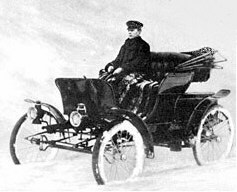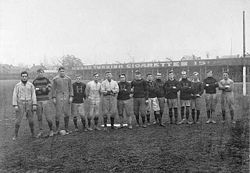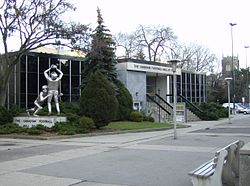This article may contain an excessive amount of intricate detail that may only interest a particular audience.(November 2024) |
Below is a timeline of events in Hamilton, Ontario, Canada.
Contents
- Before 1800
- 1800–1829
- 1830–1839
- 1840–1849
- 1850–1859
- 1860–1869
- 1870–1879
- 1880–1889
- 1890–1899
- 1900–1909
- 1910–1919
- 1920–1929
- 1930–1939
- 1940–1949
- 1950–1959
- 1960–1969
- 1970–1979
- 1980–1989
- 1990–1999
- 2000 – present
- References


















